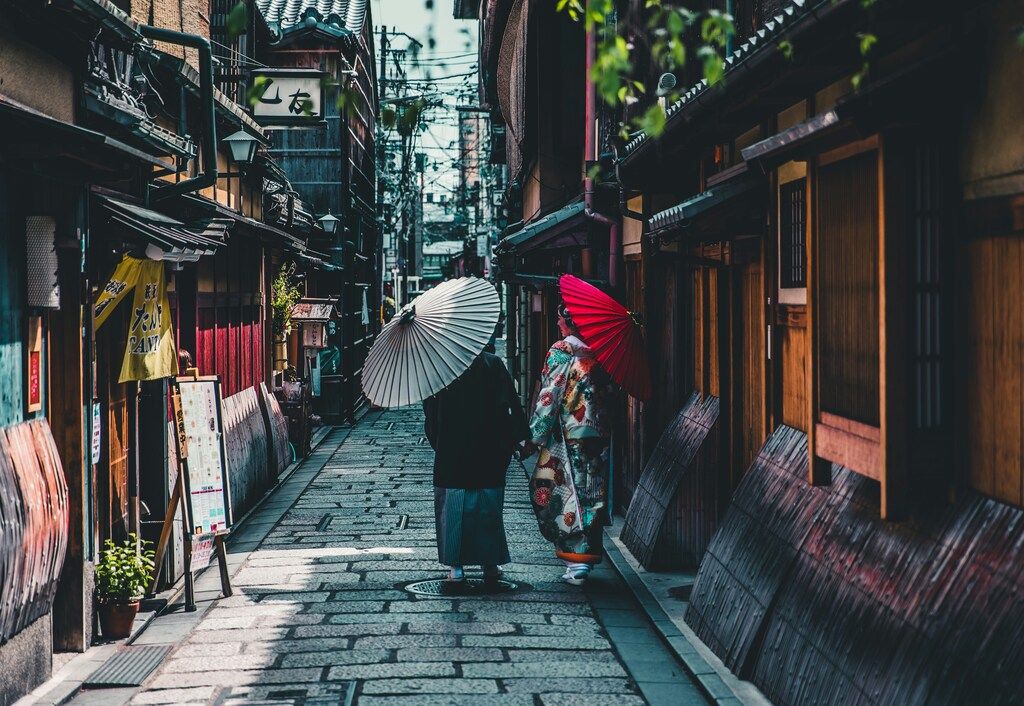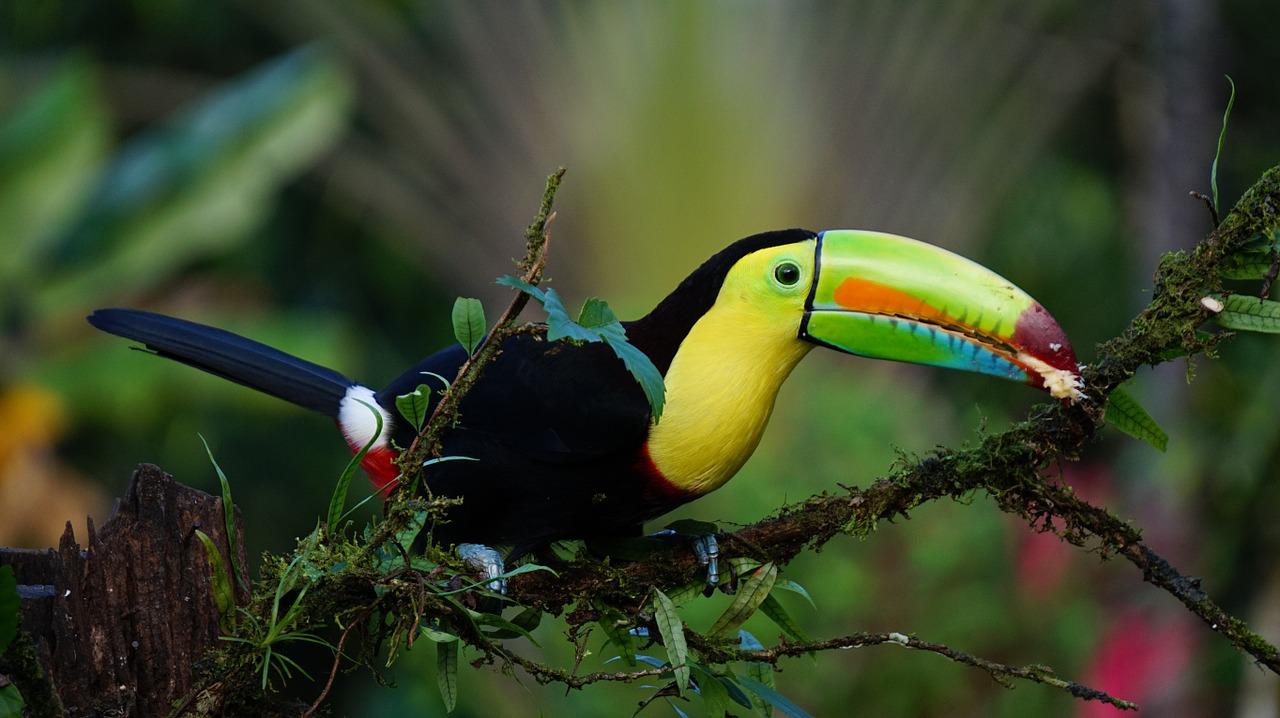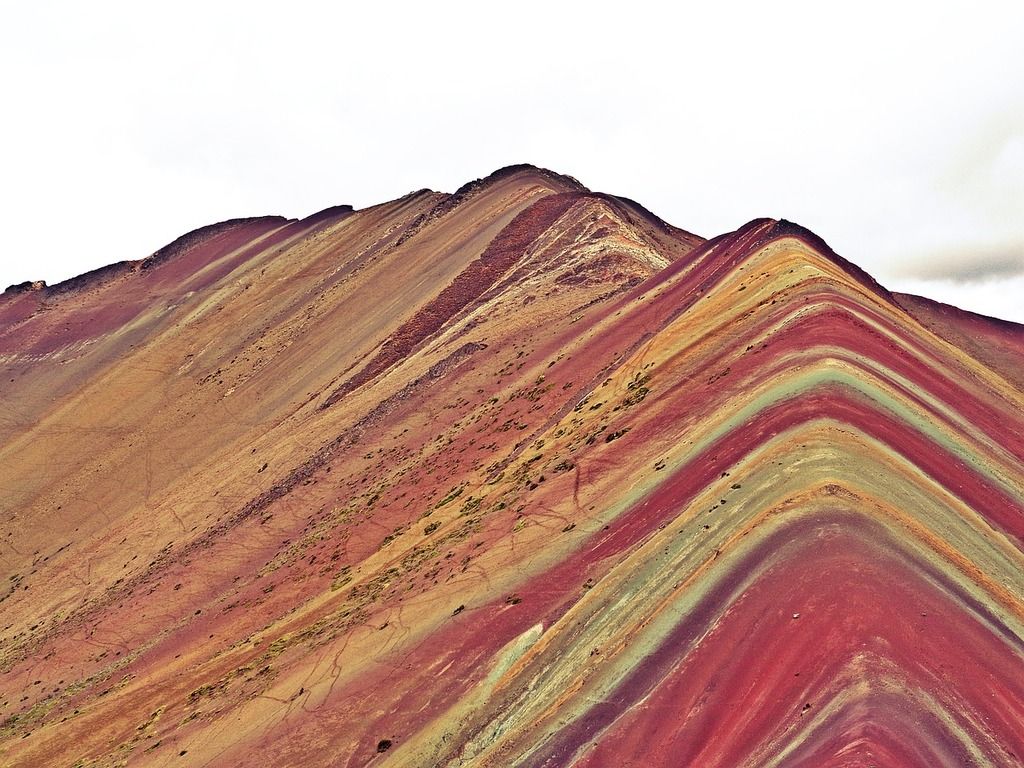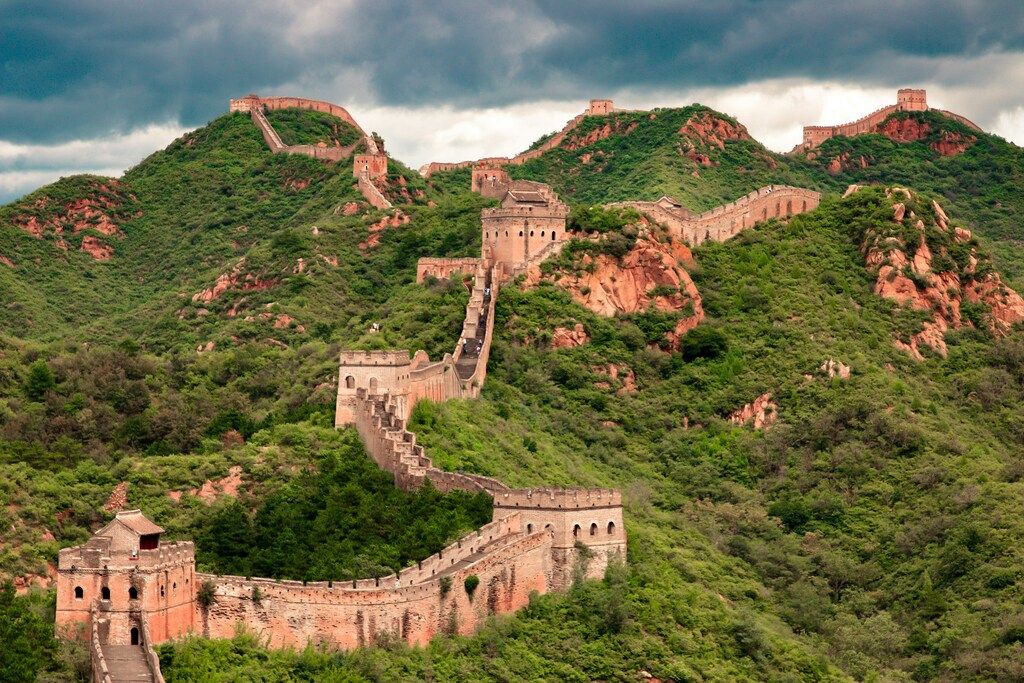

Old temples and modern skyscrapers, traditional lifestyles and impossibly advanced technology, a rich culture steeped in history and innovation growing at breakneck speed — these contrasts are what make up the best places to visit in China.
All these and more stand side by side in 21st century China. It’s an incredibly vast territory, the third largest in the world, and it’s filled end to end with riches, from foggy peaks to vibrant cities and multiple hidden treasures in between. Given its size and diversity, finding the right places to explore is as difficult as picking your favorite grain of sand on the beach.
Thankfully, the hard part is already taken care of. In this article, we’ll walk you through ten different locations that’ll likely have you reaching hurriedly for your camera and maybe even considering a return flight. From ancient towns to futuristic skylines, the best places to visit in China offer something for every type of traveler.
Beijing: A blend of ancient history and modern dynamism
Beijing is the beating heart of China. With ease, the city mixes its regal past with today’s modern energy. It buzzes with life but maintains a steady link with its old roots. No trip here can be said to be complete without going to the Forbidden City – a sprawling palace where two dozen emperors once ruled. With 9,999 rooms, it’s chock full of treasures from over 500 years of history.
Only a few minutes away, Tiananmen Square lies within the city’s borders, offering one of the largest public squares in the entire world. For a quieter space, the hutongs provide a maze of narrow lanes that are lined with courtyard homes, standing tall in their ancient pride despite the unforgiving marching of time. These winding streets show a slice of daily life that often speeds past the average tourist’s radar.
Also within the city, you’ll find the Summer Palace with its breathtaking gardens circling Kunming Lake. On the other side, the Olympic Park, home to the popular Bird’s Nest stadium, flaunts the modern flair of Beijing.
While all these are great examples of Beijing’s architectural and historical wonders, few things scream culture more than food. In that regard, the Peking duck, with its crispy skin and tender meat is the perfect delicacy.
Finally, for visitors really looking to have their jaws dropped, a quick look at the CCTV HQ in Beijing is worth an extra few minutes in your trip. Nicknamed “big pants” by the locals, owing to its unique structure, it seems to defy the laws of physics and would certainly stop you in your tracks.
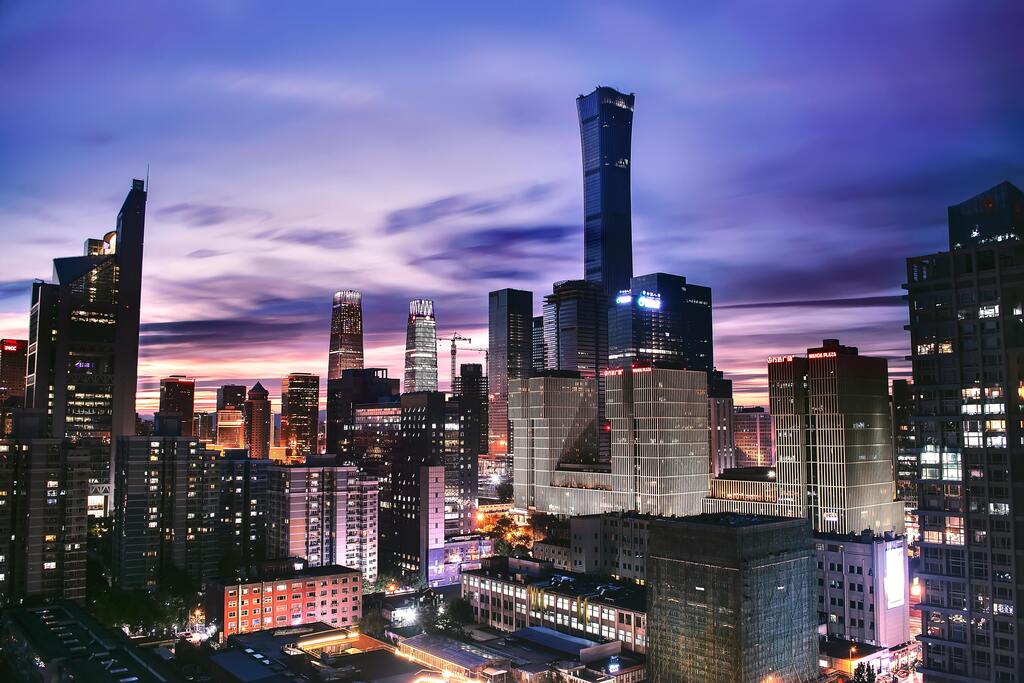
The Great Wall: An enduring symbol of China’s resilience
The Great Wall is undoubtedly one of the best places to visit in China for history lovers and adventure seekers alike.
Over 21,000 kilometres long, the Great Wall of China is not just a big barrier. That would be a gross oversimplification. Instead, it’s a length of defenses built over the span of a few centuries by multiple dynasties. Simply standing on top of the wall, watching how it twists and turns over rugged peaks and how it fades into the haze, feels like something no videographer or photographer could ever capture in all its wonder.
There are dozens of sections for visitors and tourists to explore, each with its own unique flavour. There’s Badaling, one of the most popular spots, perfectly fixed up. The upside (or downside) is that there’s usually a ton of people there. Less crowded places like Mutianyu strike a nice balance. It’s well-kept, not as crowded but also offers stunning mountain views that don’t leave you wanting.
If you’re in the mood for a bit of an adventure, you could go down the Jinshanling to Simatai hike. There are fewer tourists, the terrain is just the type of challenge an adventurer seeks out and the scenery is its own reward. Some parts of the wall here are seeing their last days but it’s not impossible to scale.
Plus, despite its weak spots, the endurance of the entire wall is even more pronounced. Some people believe that the great wall of China is so great, you can spot it from space. Astronauts disagree but the consensus from Earth and space based humans is that it is one of the most astonishing wonders of the world, every block whispering tales of the workers who built it.
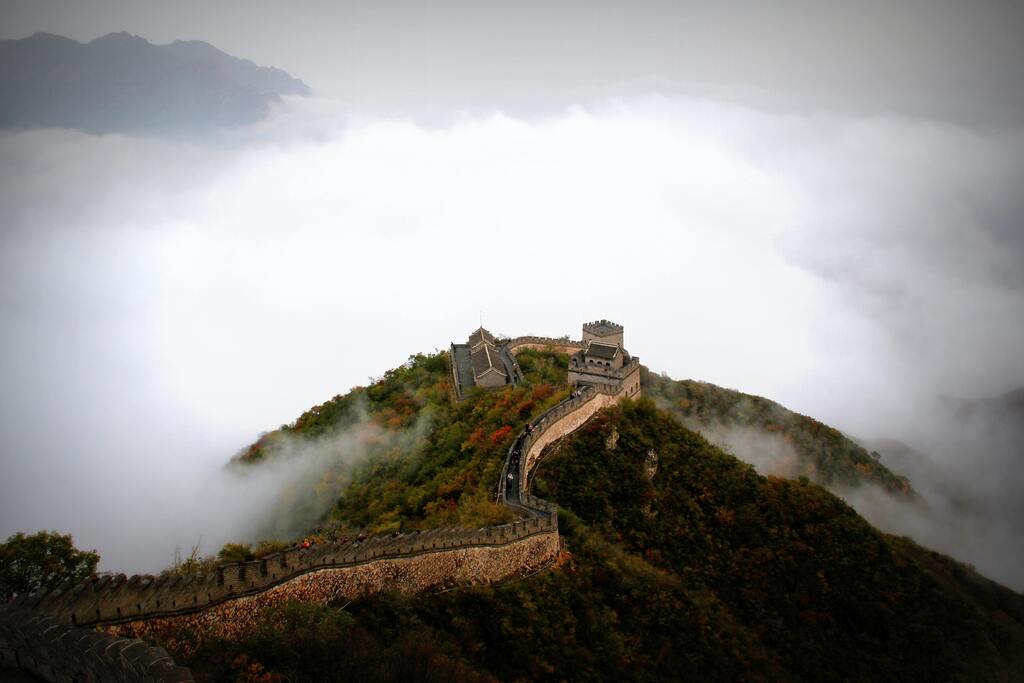
Shanghai: The epitome of cosmopolitan China
Shanghai’s skyline hits like a scene from a sci-fi flick. Yet even in this futuristic hub, traces of old charm linger. It’s China’s ambition and makeover rolled into one dazzling package.
Start your exploration at the Bund, a strip of grand old structures that line the riverside, dating all the way back to the colonial days. Just over the Huangpu River, you’ll see Pudong’s towers pierce the night sky with a dazzling array of lights.
For those seeking a quick trip to the past, the Old City’s alleys sport vendors hawking snacks and locals playing mahjong. On the other hand, Yu Garden offers a calm escape with its classic rock formations, pavilions, and fish-filled ponds.
Shoppers can hit Nanjing Road for high-end stores or dig for deals near Chenghuangmiao’s markets. As dusk falls, the food scene wakes up with everything from tiny dumpling joints to ritzy Michelin-starred spots. Culture buffs should swing by the Shanghai Museum for ancient relics or the Power Station of Art for a modern twist. And the French Concession? It’s a charmer with leafy streets, cute shops, and secret jazz bars that nod to Shanghai’s stylish roots.
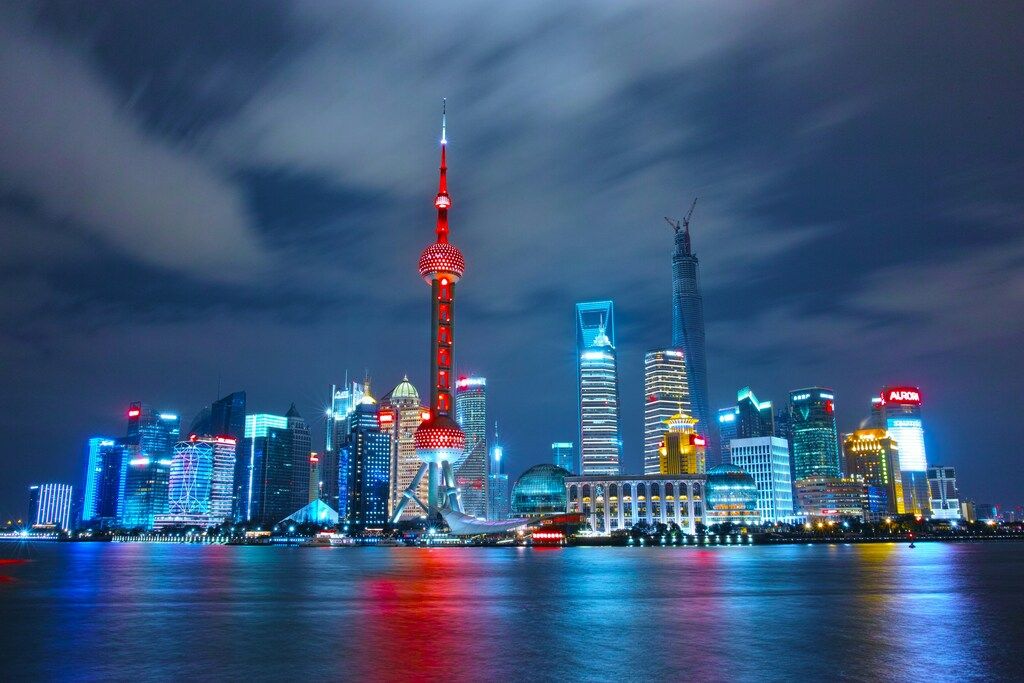
Xi’an: A journey into China’s ancient capital
Xi’an, many moons ago, was the starting point of the Silk Road and home to 13 dynasties as the former capital of China. Today, it’s a leap into China’s history and still just as astonishing.
The Terracotta Army immediately steals your attention within the city. It’s made up of several thousand clay soldiers with unique faces. Their task is simple – guard the tomb of Emperor Qin Shi Huang. While they don’t quite “guard” it, considering that they’re made of clay, they still are a sight to behold.
The city walls, stretching 14 kilometres around the old town, are another history lesson. For this, you can rent a bike and circle them in a couple of hours.
Then there’s the Muslim Quarter, buzzing with stalls dishing out roujiamo (think Chinese ‘hamburgers’), lamb skewers, and sweet persimmon cakes. The Great Mosque blends Chinese and Islamic principles in a way that’s worth a look. History nuts will love the Shaanxi History Museum, stuffed with artifacts that tell Xi’an’s long tale. It’s a city that shows why China’s past still matters today.
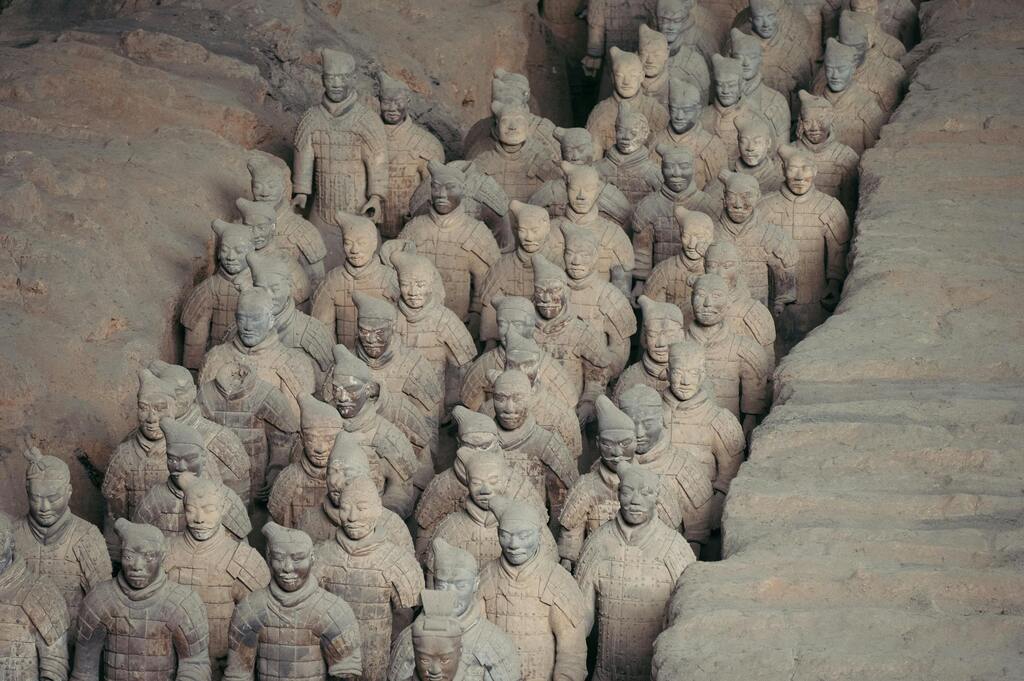
Guilin and Yangshuo: Landscapes that inspired poets and painters
Guilin’s beauty has hooked artists for centuries—those sharp karst mountains popping up from rivers and rice fields. They’re on the 20-yuan note, but seeing them live is a whole different level. The Karst mountains of Guilin easily rank among the best places to visit in China for nature photography.
The go-to move on your visit here is a Li River cruise to Yangshuo. It’s like drifting through a painting—fishermen on bamboo rafts, buffalo by the shore, peaks lost in mist. Every twist reveals a new stunner.
Once in Yangshuo, grab a bike and roll through villages along the Yulong River, or hit the Ten-Mile Gallery for quieter views. Climbers will find tons of routes on those karsts.
Don’t skip Reed Flute Cave while you’re at it. It’s a limestone wonder lit up to show off stalactites and stalagmites that locals swear look like mythical beasts. For the ultimate view, hike Xianggong Hill at sunrise. As the fog lifts, the karsts emerge like a dreamscape. Not all the best places to visit in China are famous — some of the most memorable are the hidden gems off the tourist radar.
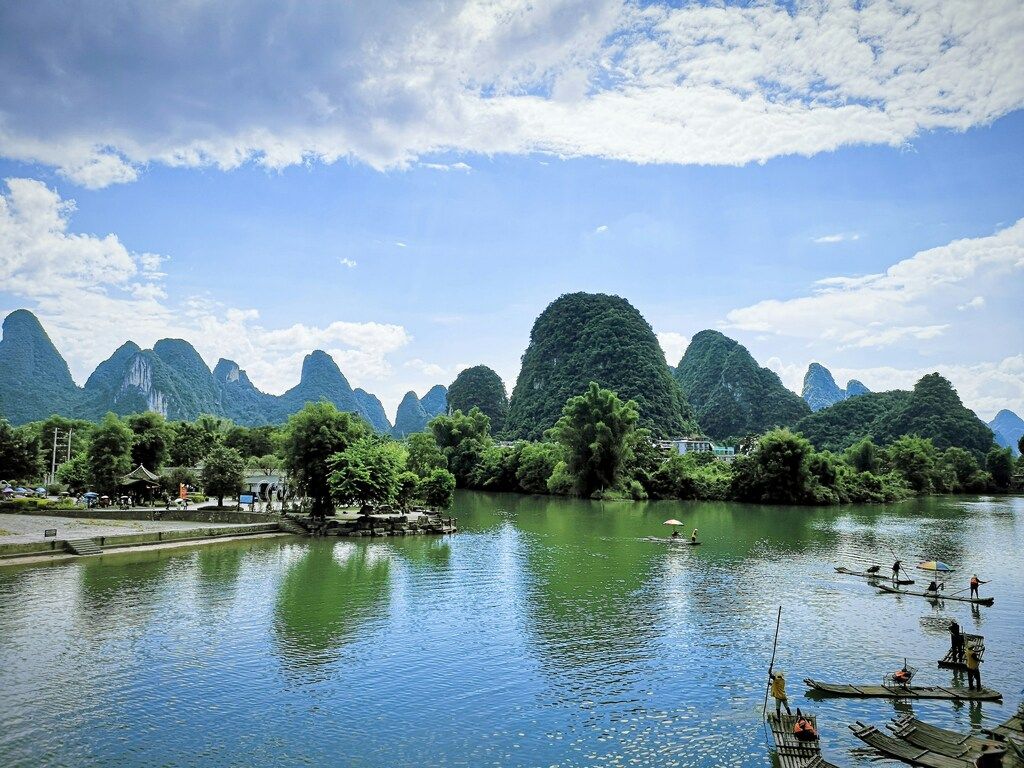
Zhangjiajie: The surreal world of towering sandstone pillars
Long before Avatar dreamed up Pandora’s floating peaks, Zhangjiajie was wowing folks with sandstone pillars that seem to defy physics—some topping 1,000 metres. It’s one of China’s weirdest natural marvels.
Zhangjiajie National Forest Park is the main draw, with over 3,000 pillars shooting up from the green below. The “Avatar Hallelujah Mountain” stands out, looking like it’s hovering when mist swirls in. Tianmen Mountain ups the ante with a cable car ride billed as one of the world’s longest. Up top, glass walkways jut off cliffs—test your nerve there. Heaven’s Gate, a huge natural arch, waits after a 999-step climb (a lucky number here).
The Zhangjiajie Glass Bridge, the planet’s longest and highest glass-bottom span, stretches over a 300-metre drop. Nature fans might spot rare critters like giant salamanders or red-bellied tragopans. The Tujia and Miao locals add flavour with their food and traditions.
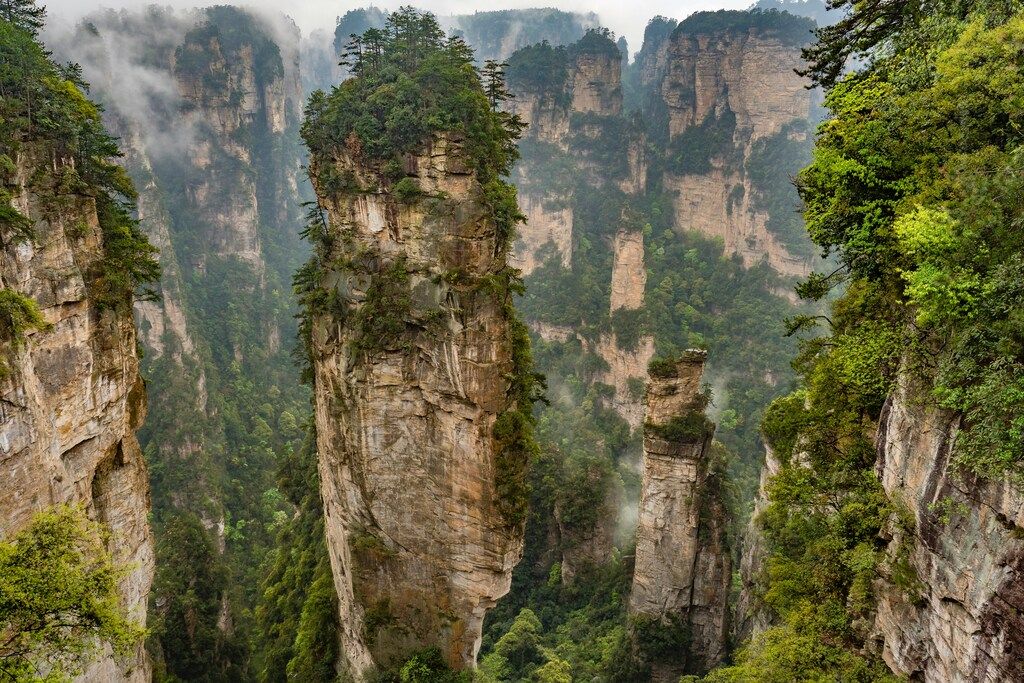
Chengdu: The heartland of Sichuan cuisine and panda conservation
If you’re looking for culture, food, and tradition all in one spot, Chengdu is among the best places to visit in China.
Chengdu nails the blend of new and old with a relaxed energy that’s all about getting the most out of life with minimum viable effort. Think tea houses and spicy eats. Perhaps the most interesting thing here is the panda. Not one panda. The species itself. The Chengdu Research Base of Giant Panda Breeding takes the cake in terms of attraction. If you get there early, you can see pandas chewing bamboo or rolling around casually. However cute you thought these rare bears were, seeing them in person shows that TV does them little to no justice.
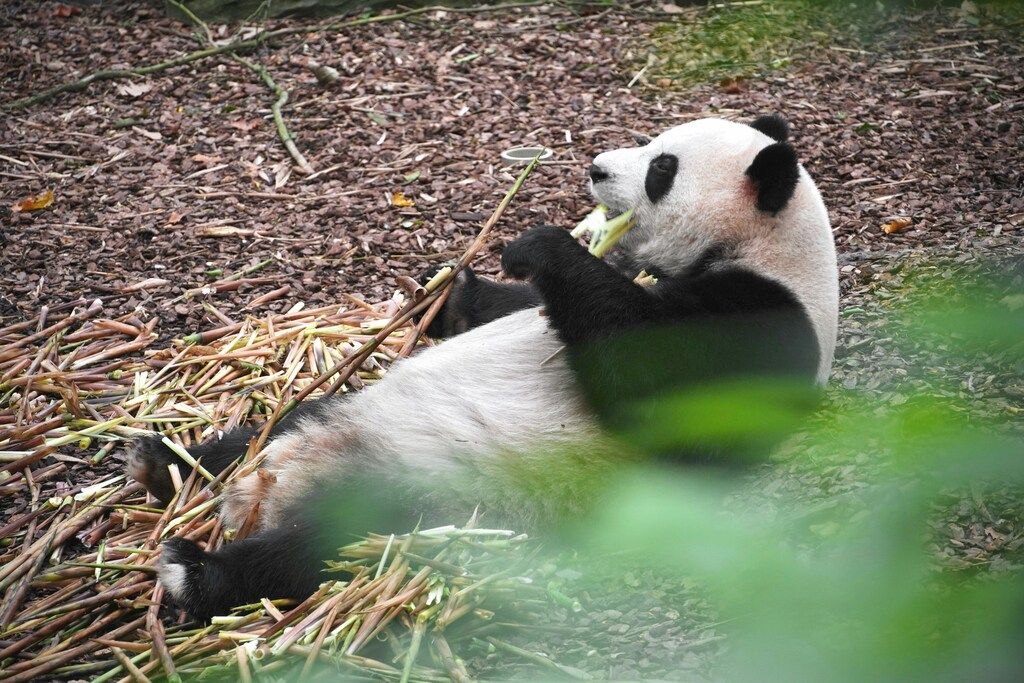
While it’s not exactly groundbreaking knowledge, it’s still interesting that Chengdu is the birthplace of Sichuan food. These dishes pack flavour and heat, coming in different forms from mapo tofu to dan dan noodles and even hotpots. On another side of the city, People’s Park demonstrates the chill side of Chengdu. Here, you’ll likely find locals sipping tea while seated in bamboo chairs or doing tai chi. Either way, they’re taking life one step at a time.
At night, when the city is done with its work, it relaxes with Sichuan opera, which dazzles with performers exchanging masks in a blur.
To cap it all, Chengdu today shines in spots like Sino-Ocean Taikoo Li and the New Century Global Centre, where smooth, modern designs blend with Qing-era relics. It’s progress that pays homage to the past.
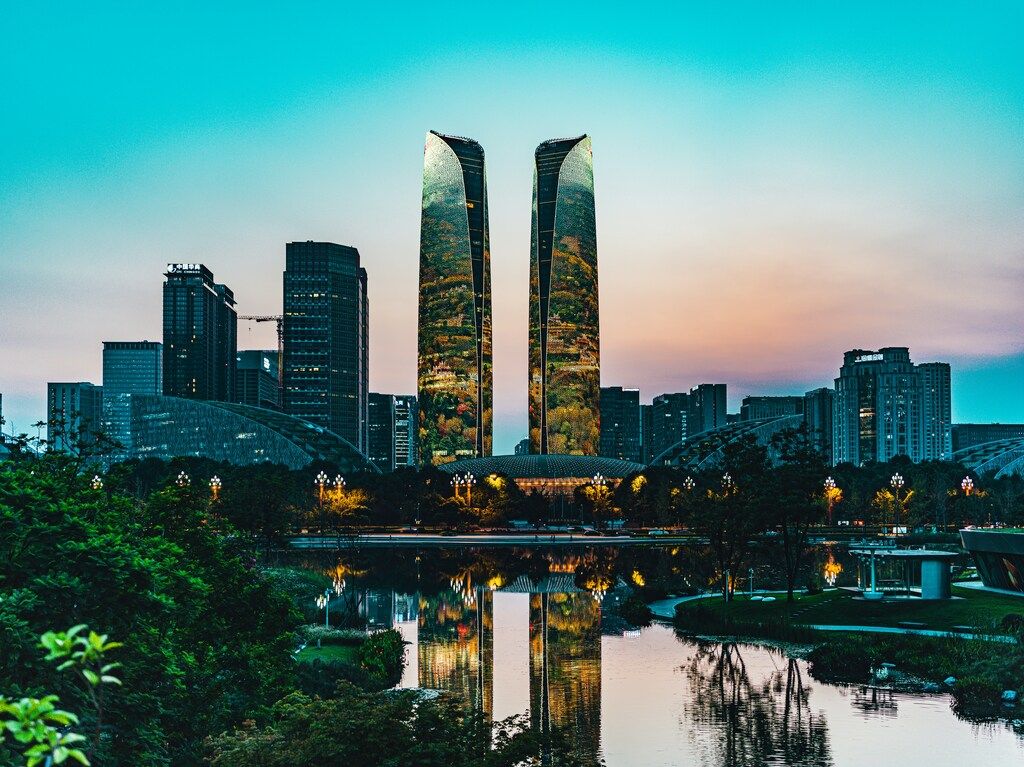
Lhasa: A spiritual journey to the roof of the world
Lhasa stands at 3,656 metres on the Tibetan Plateau. It’s a humbling place and a recognized spiritual hub where prayer flags flutter in the wind as monks chant. The Potala Palace, following in the trend of great heights, is a 13-story maze of 1,000-plus rooms once home to Dalai Lamas. Its ochre and white walls hide scrolls and murals. Admittedly, you might be winded after the climb up. But, the views are absolutely worth it.
Jokhang Temple is Tibet’s holiest spot, attracting pilgrims who circle it along Barkhor Street’s lively market. Sera Monastery offers a peek at monks debating with big gestures and claps—a centuries-old show. Altitude hits hard, so take it slow and respect the sacred vibe; it’s a deep dive into Tibet’s soul.
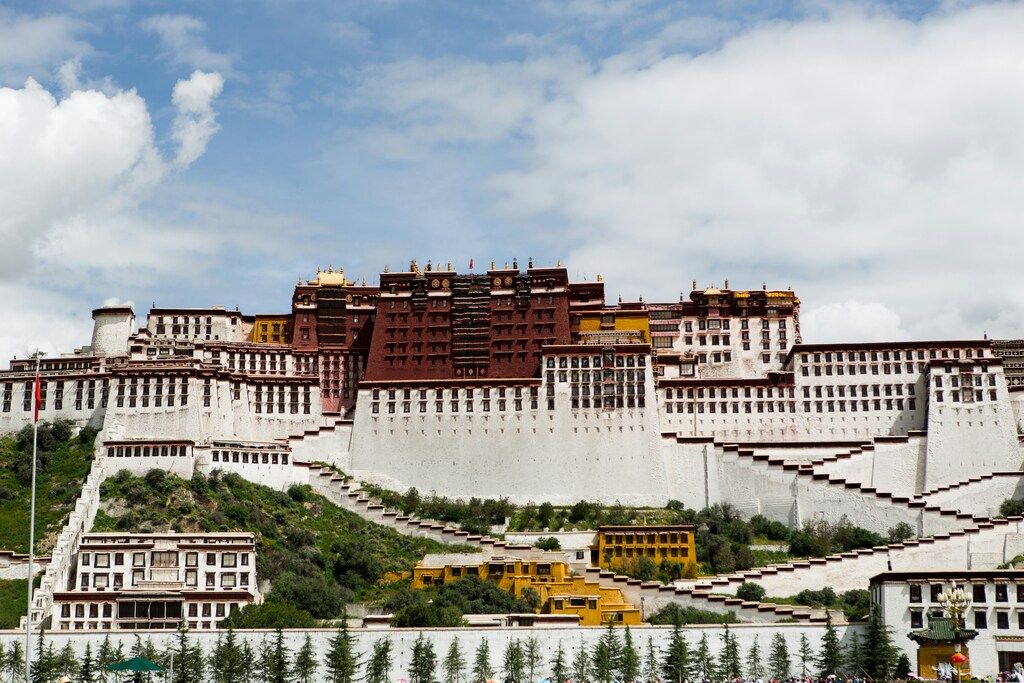
Hangzhou: Tranquility by the West Lake
Marco Polo supposedly dubbed Hangzhou the world’s finest city, and while that’s debatable, West Lake’s charm isn’t. This UNESCO gem, with willows, bridges, and pagodas mirrored in the water, has inspired art for over a thousand years. Seasons switch it up—blossoms in spring, lotuses in summer, chrysanthemums in fall, snow in winter.
Tea buffs should hit the Longjing plantations for China’s top green tea, learning the craft from local farmers. Lingyin Temple boasts huge Buddhas, while Feilai Feng’s ancient carvings still impress. Hefang Street mixes old Qing buildings with shops, and Impression West Lake stuns at dusk with dancers on water and glowing peaks behind.
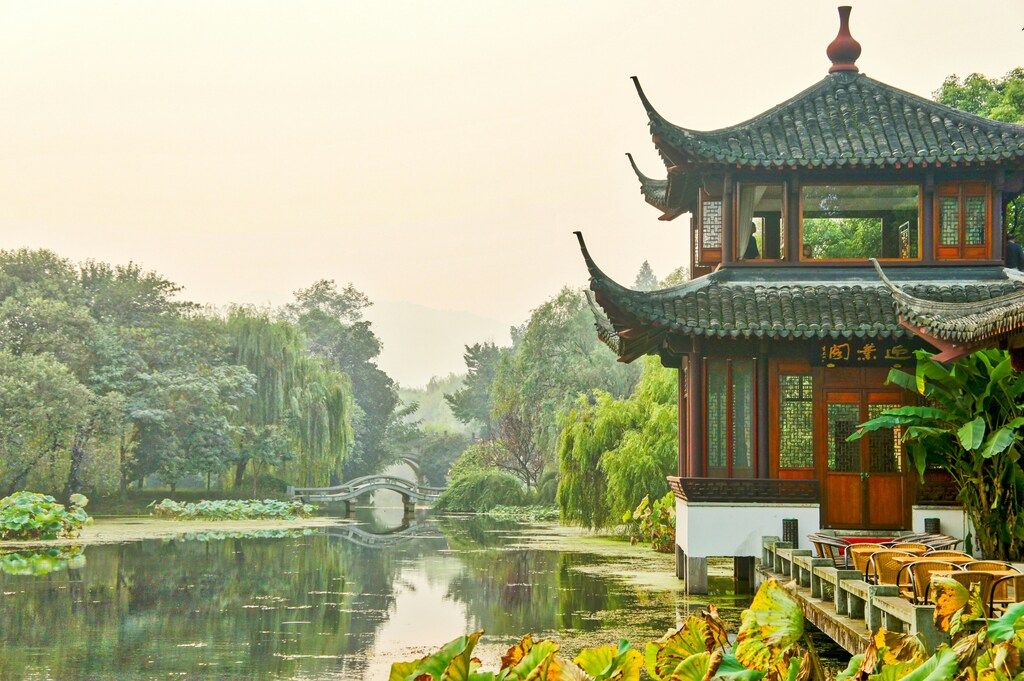
Yunnan Province: A mosaic of cultures and landscapes
Yunnan, hugging Vietnam, Laos, and Myanmar, is China’s diversity champ. It has 25 ethnic groups and landscapes from jungles to Himalayan heights. Lijiang’s Ancient Town, with Naxi wooden homes and canals, feels timeless; mornings there are pure magic.
Tiger Leaping Gorge, a deep canyon, offers epic hikes with Yangtze River views and Naxi guesthouses. Shangri-La’s Tibetan flair shines at Ganden Sumtseling Monastery, with meadows and Pudacuo National Park nearby. Xishuangbanna’s tropics bring Dai villages and rare plants, while Yuanyang’s rice terraces glow at dawn—a kaleidoscope of mist and water.
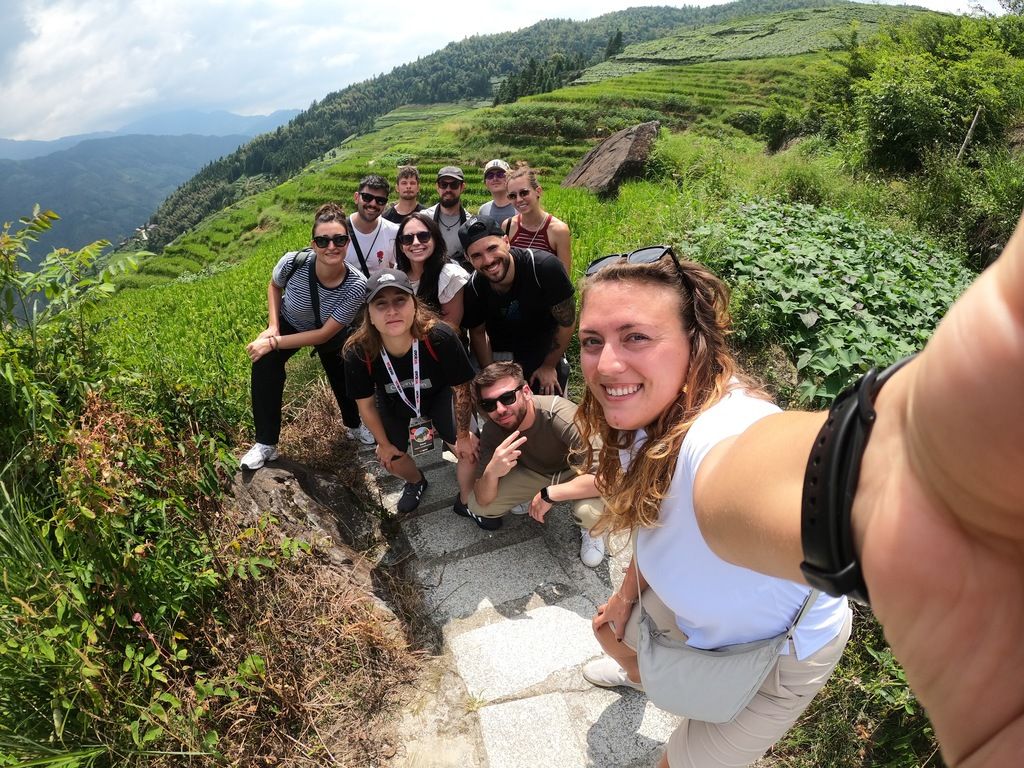
Uncover the magic of China with a group travel experience
China’s scale can be overwhelming. Language gaps, tricky transport, and cultural quirks trip up even pros. Group tours smooth it out, adding shared fun to the mix. Guides unlock hidden details and handle logistics, especially in spots like Tibet or Yunnan where permits and roads get complicated. Whether you’re planning your first trip or a return journey, knowing the best places to visit in China makes all the difference.
A group tour through China offers local know-how, and travel buddies to boost the vibe. Sharing meals or market haggling with others turns hassles into highlights. China’s contrasts—ancient yet ever-new—shine brighter in a group, making these ten spots just the start.

